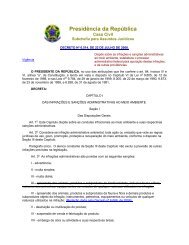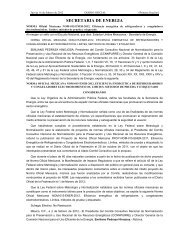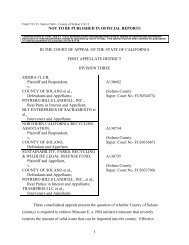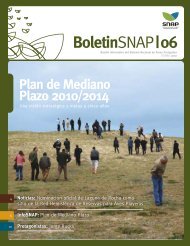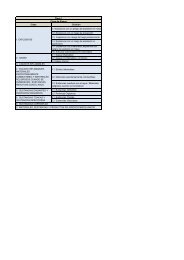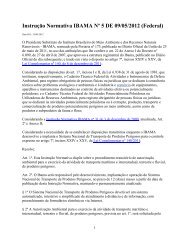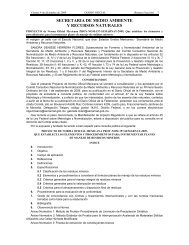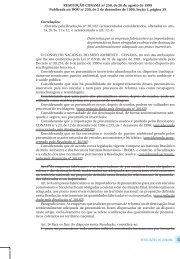OceAn science OceAn science OceAn science
OceAn science OceAn science OceAn science
OceAn science OceAn science OceAn science
Create successful ePaper yourself
Turn your PDF publications into a flip-book with our unique Google optimized e-Paper software.
Rationale<br />
Marine operations comprise a broad set of activities, including merchant ship traffic, commercial<br />
fishing, marine public transportation, and military operations that occur in the<br />
open ocean, coasts, coastal waterways, and Great Lakes. Even a brief interruption in marine<br />
operations can have serious consequences for many sectors of society, national security,<br />
and the U.S. economy. The broad scope and far-reaching impact of marine operations<br />
requires expanding knowledge in several key areas. Though the priorities identified in this<br />
theme emphasize the transportation sector, the knowledge derived from these efforts will<br />
have broad applicability in other operational areas, such as national security (see Box 1).<br />
Given that the majority of the nation’s commerce (by weight) travels through U.S. ports<br />
and is anticipated to expand, including increased volume of open-sea shipping (potentially<br />
through an ice-reduced or ice-free Arctic 16 ) and short-sea shipping 17 , the capacity of<br />
the U.S. marine transportation system must be enhanced 18 . With that expansion, projections<br />
state that trade will increase, ships will become larger, and population along coasts<br />
will grow, all of which will have impacts on the marine environment and the nation’s ability<br />
to conduct marine operations.<br />
The United States has more than 90,000 miles of shoreline, 25,000 miles of navigable<br />
waterways, and 3.4 million square miles of open water within the U.S. EEZ 19,20 . Safe and<br />
effective navigation of harbors, ports, and waterways by various users requires reliable<br />
weather and sea-state forecasts and up-to-date maps and charts.<br />
Numerous other commercial but non-transportation uses of the maritime domain exist,<br />
including offshore aquaculture, energy extraction/harnessing (i.e., facilities for oil, gas, and<br />
wind), seabed and mineral-rights uses, and laying of subsea communications and cables,<br />
all of which greatly affect the environment and use of the maritime domain. Resolving<br />
conflicts among the numerous existing and emerging uses of the maritime domain represents<br />
a challenge. To properly address these issues and to use the results of the research<br />
outlined below effectively requires improved communication and collaboration among the<br />
diverse stakeholders involved in marine operations, including industry; local, tribal, state,<br />
and federal governments; and researchers.<br />
24




